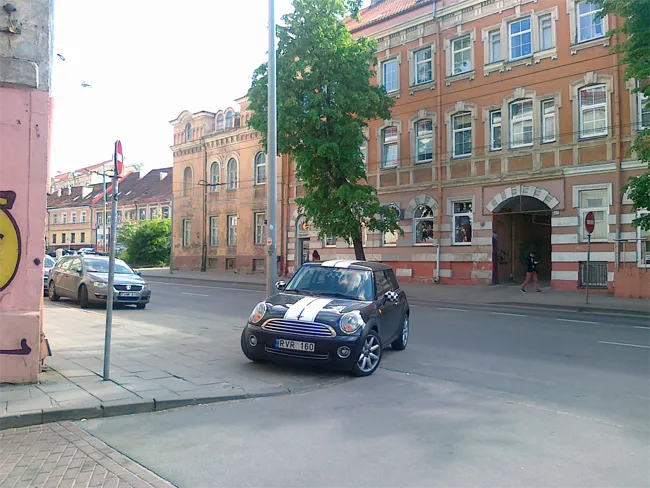Contractors worked solidly throughout the night during one Saturday and early Sunday morning in November (2012) to dismantle the Pegwell Brake footbridge over the M5 near Bristol, south west England. The concrete footbridge, located between junctions 16 and 17, needed to be demolished to make way for a new steel pedestrian bridge suitable for high-sided vehicles to pass under when the managed motorway is fully operational and the hard shoulder is used as a running lane.
The dismantling and removal of the
January 3, 2013
Read time: 2 mins
Contractors worked solidly throughout the night during one Saturday and early Sunday morning in November (2012) to dismantle the Pegwell Brake footbridge over the M5 near Bristol, south west England.
The concrete footbridge, located between junctions 16 and 17, needed to be demolished to make way for a new steel pedestrian bridge suitable for high-sided vehicles to pass under when the managed motorway is fully operational and the hard shoulder is used as a running lane.The dismantling and removal of the 220tonne bridge required the M5 being closed in both directions for the duration of the work, from 7pm on Saturday 10 November until around 8am the following morning, when both carriageways were fully opened.
The bridge was dismantled into two sections, each of which was hoisted and removed by cranes. This method of removal was required to avoid excessive vibration due to the presence of a pipeline on the northbound carriageway.
The new pedestrian bridge is planned to be in place and available for use by early 2013.
Once completed, the €109.72 million (£88mn) managed motorway scheme will cut congestion, make journey times more reliable and improve safety through the use of variable mandatory speed limits and by opening the hard shoulder as an extra running lane.








